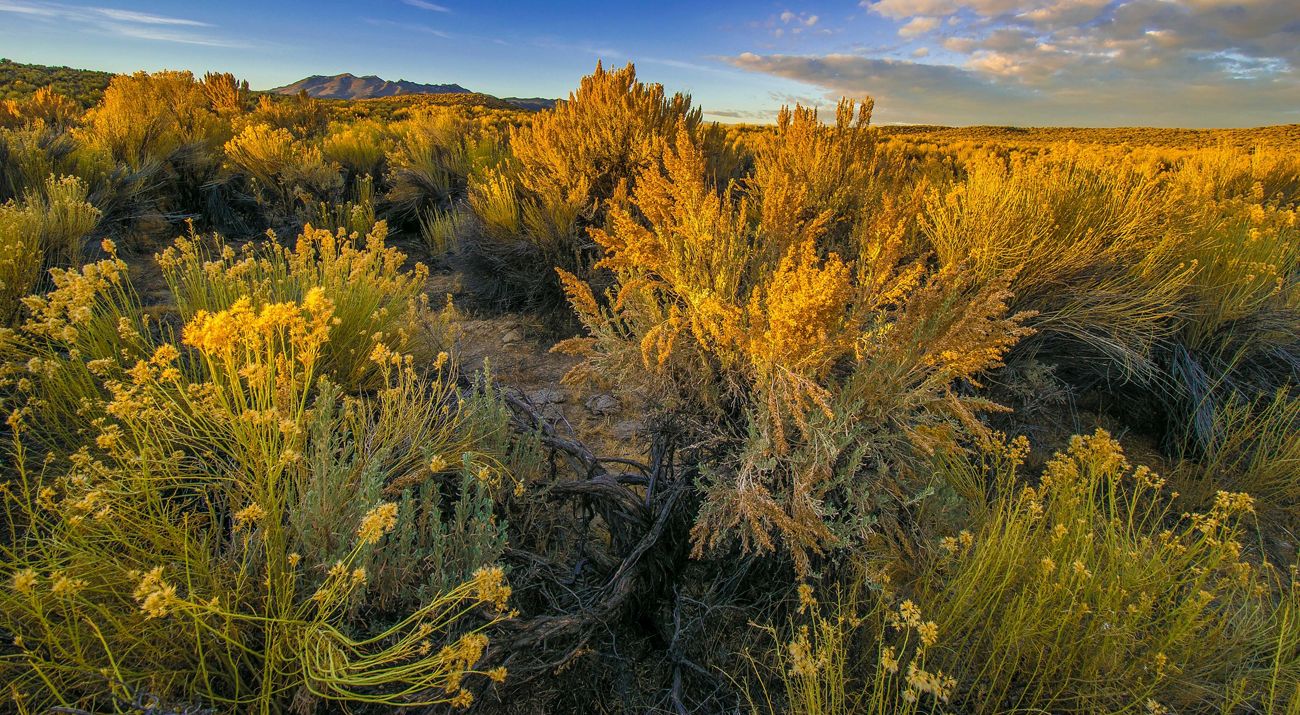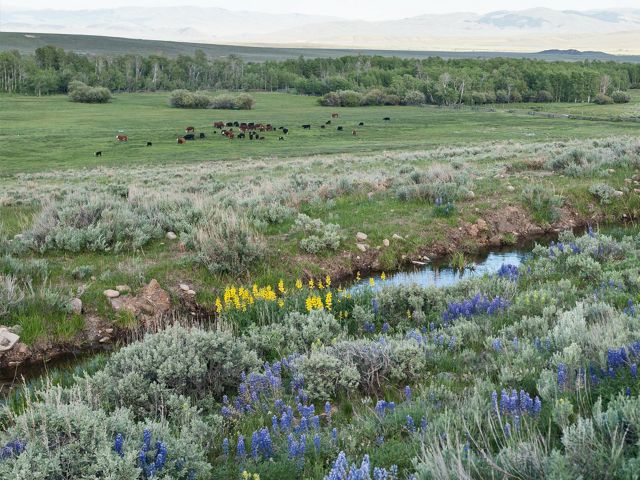
Media Contacts
-
Tracey Stone
Associate Director of Communications
The Nature Conservancy
Phone: 602.738.1586
Email: tstone@TNC.ORG
Today, the U.S. Department of the Interior (DOI) announced a long-term prioritization for how it will conserve and restore sagebrush ecosystems across the western United States.
With a new focus on “Sagebrush Collaborative Restoration Landscapes,” the DOI and its land management agencies—including the Bureau of Land Management (BLM), the U.S. Fish and Wildlife Service (FWS), and the National Park Service (NPS)—will invest in the management and restoration we need to steward this biome, the largest in the continental United States.
“The Nature Conservancy (TNC) praises the Department of the Interior for taking this critical step to protect large and intact landscapes rich in biodiversity across this vast biome. TNC works across the Sagebrush Sea to address rapidly escalating wildfires, exotic annual grass infestations, prolonged droughts and climate change. These new designations cover ‘the best of the best’ of the biome where sage grouse still thrive, endemic fish spawn and pronghorn migrations pass for hundreds of miles,” said Matt Cahill, the Sagebrush Sea Program Director for TNC.
Quote: Matt Cahill
These new designations cover ‘the best of the best’ of the biome where sage grouse still thrive, endemic fish spawn and pronghorn migrations pass for hundreds of miles.

The need is dire. Once covering 500,000 square miles across the Dakotas and into California, the biome has lost 14 million acres since 1992. The nation continues to lose about 1 million acres each year.
Affectionately known as the Sagebrush Sea for its endless expanses of blue-green sage, the biome can be found in 13 states. The heart of the habitat is a complex vegetation network – a rich, diverse mix including sagebrush, bunchgrasses and wildflowers. Together, they support thousands of animals from burrowing owls and pygmy rabbits to mule deer, pronghorn and mountain lions. Many, like the iconic greater sage-grouse, can survive nowhere else.
“TNC has been a longtime partner of the BLM, FWS, and NPS, working to find a path that prioritizes our limited resources and capacity for the greatest good. While we do so, we are centered on the well-being of people and rural communities,” Cahill added. “These designations and the investments that follow will help Tribes and rural communities to steward these lands and their renewable resources through the challenges we all face together. Today’s announcement is an important step forward for our public lands, for TNC, and for everyone who cares about the West.”
The Nature Conservancy is a global conservation organization dedicated to conserving the lands and waters on which all life depends. Guided by science, we create innovative, on-the-ground solutions to our world’s toughest challenges so that nature and people can thrive together. We are tackling climate change, conserving lands, waters and oceans at an unprecedented scale, providing food and water sustainably and helping make cities more resilient. The Nature Conservancy is working to make a lasting difference around the world in 83 countries and territories (39 by direct conservation impact and 44 through partners) through a collaborative approach that engages local communities, governments, the private sector, and other partners. To learn more, visit nature.org or follow @nature_press on X.